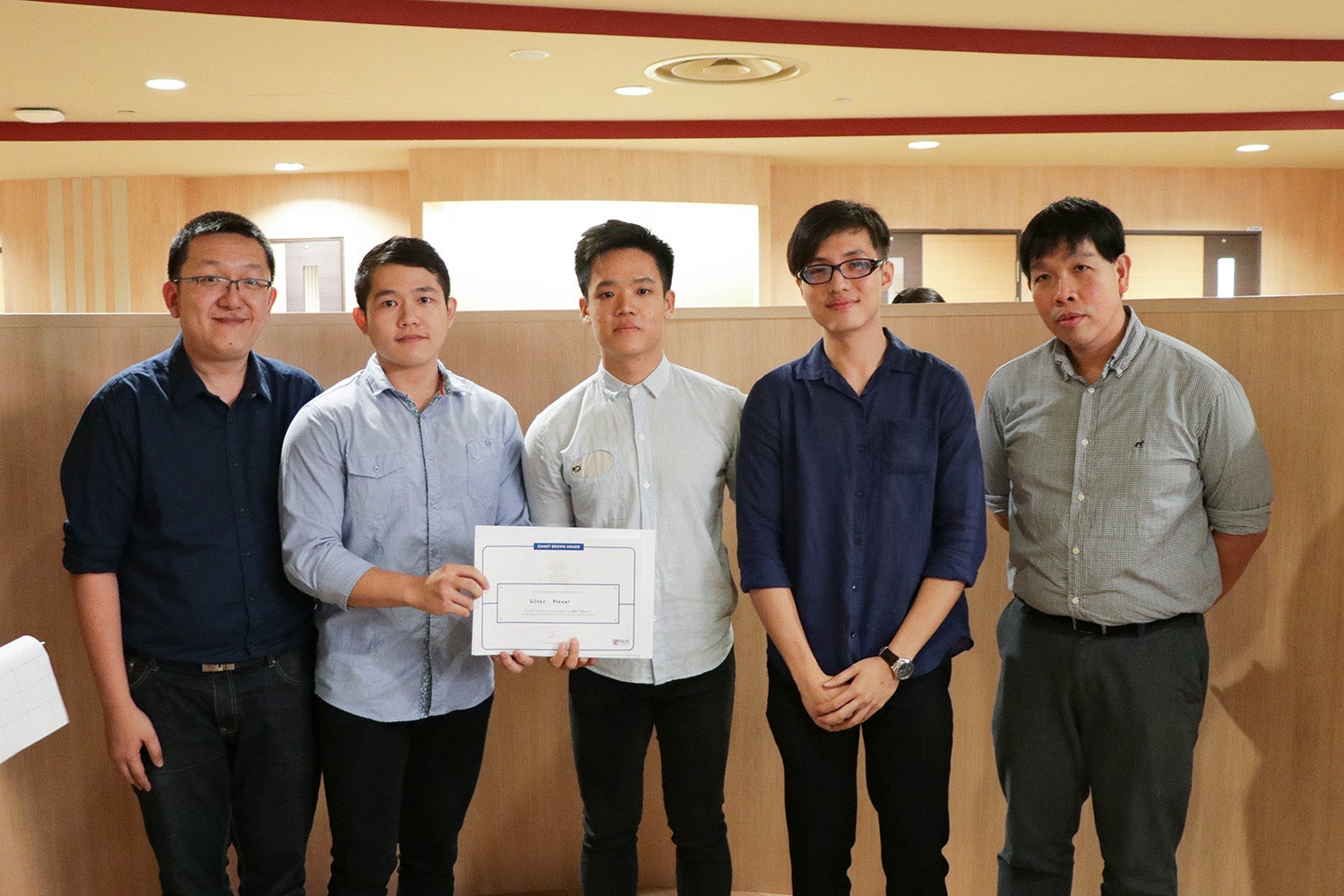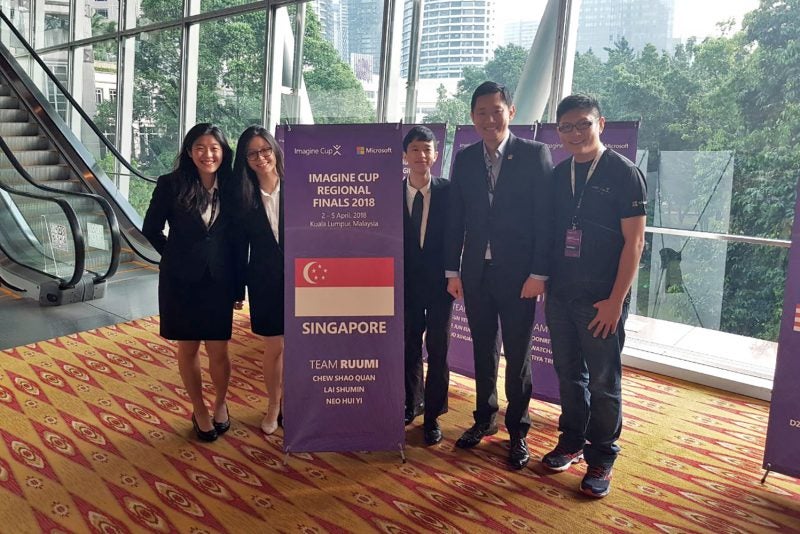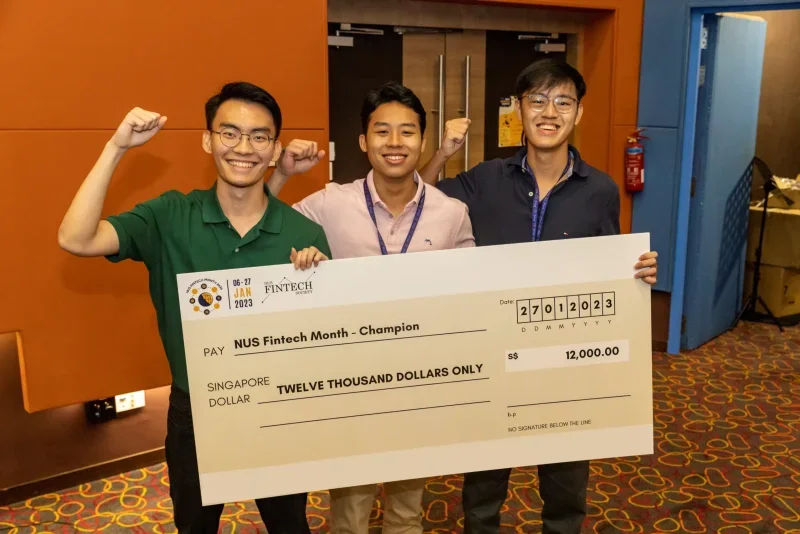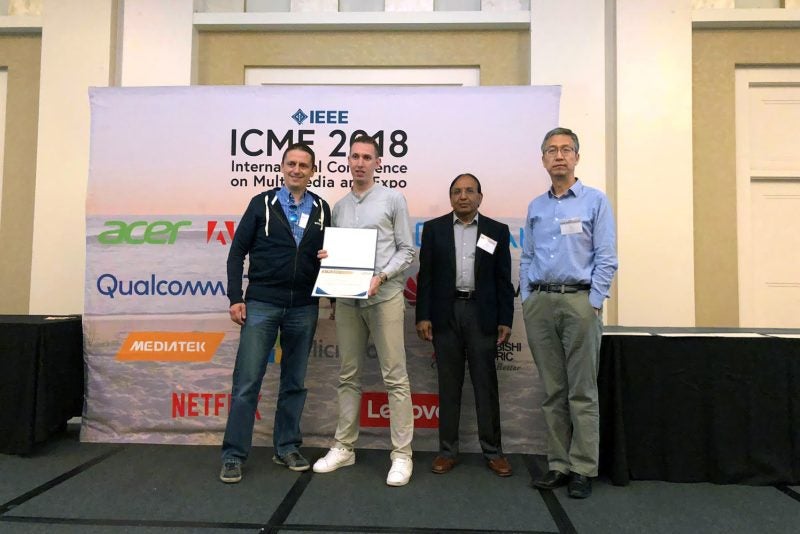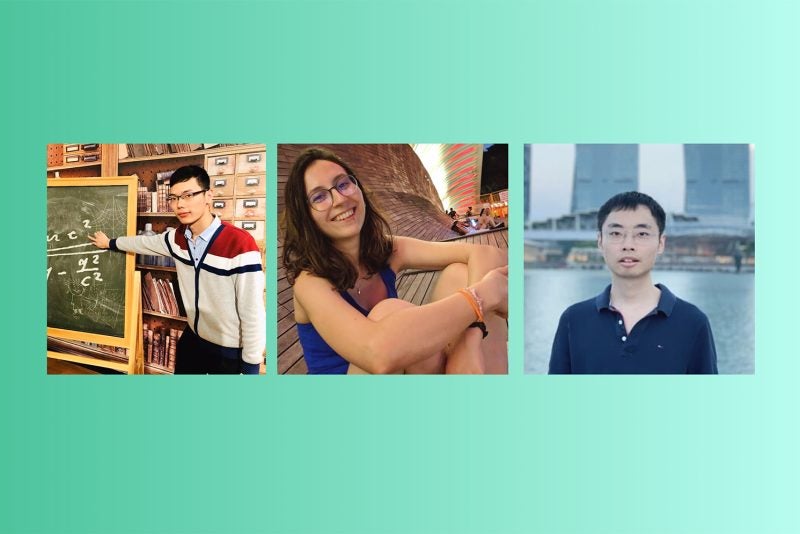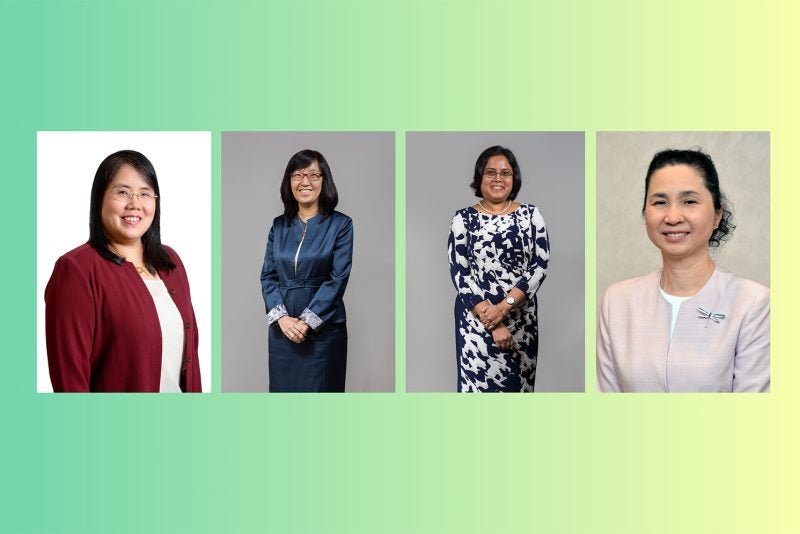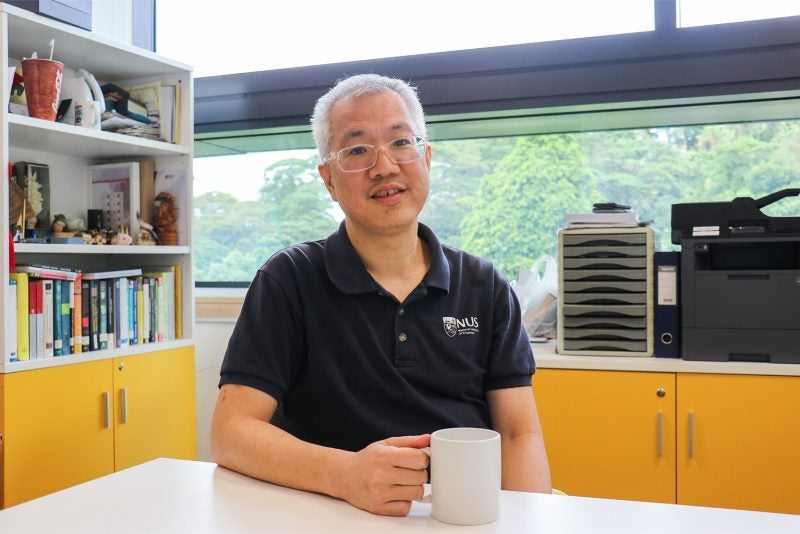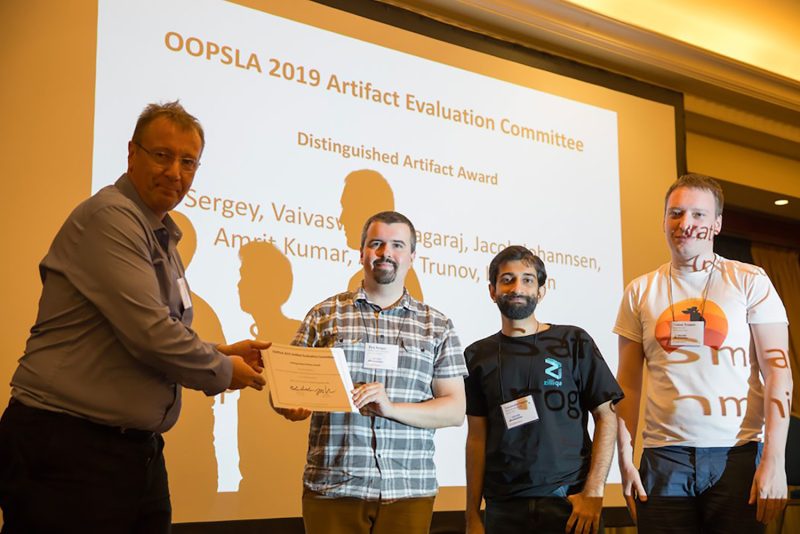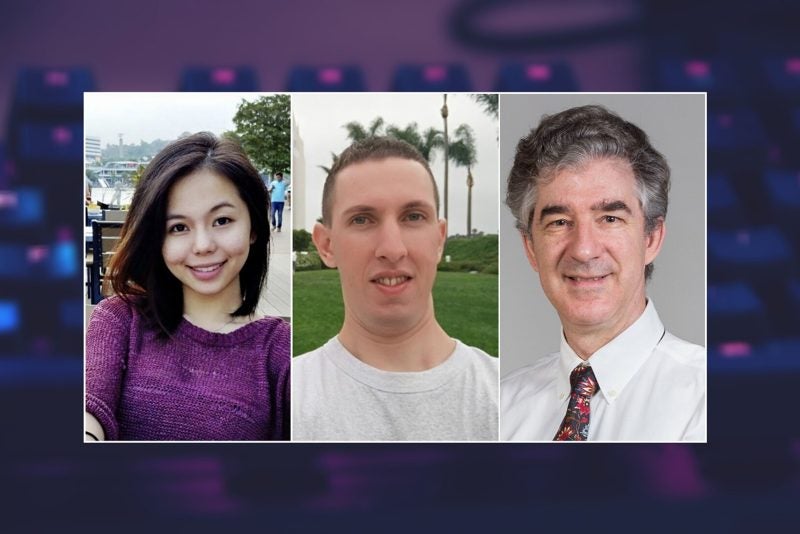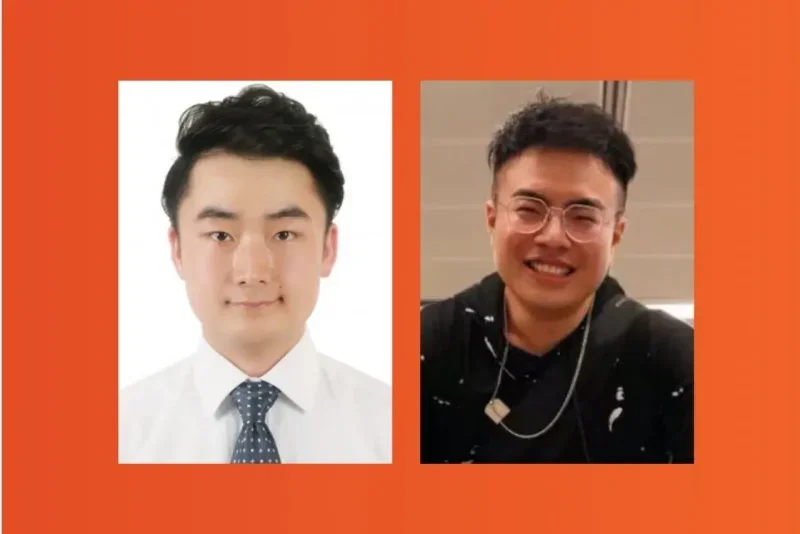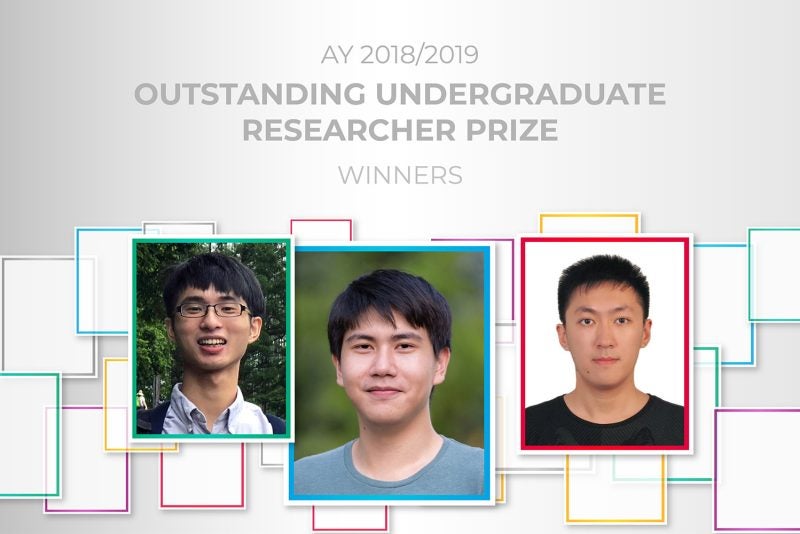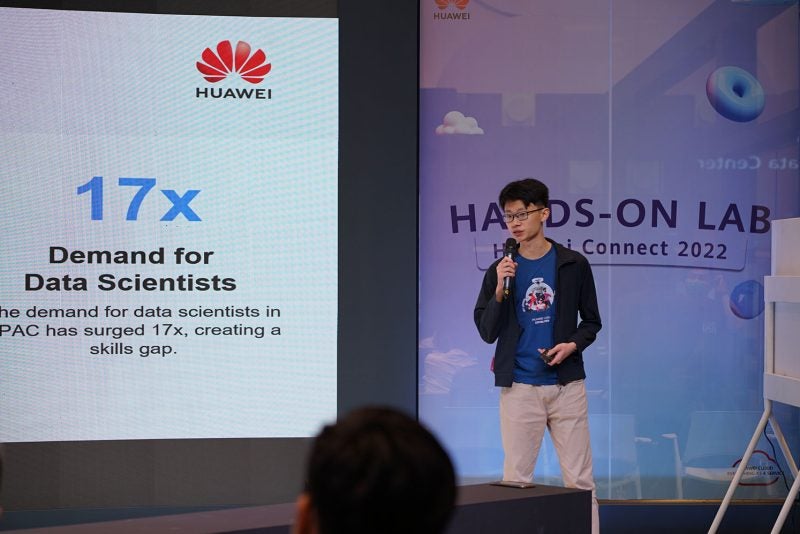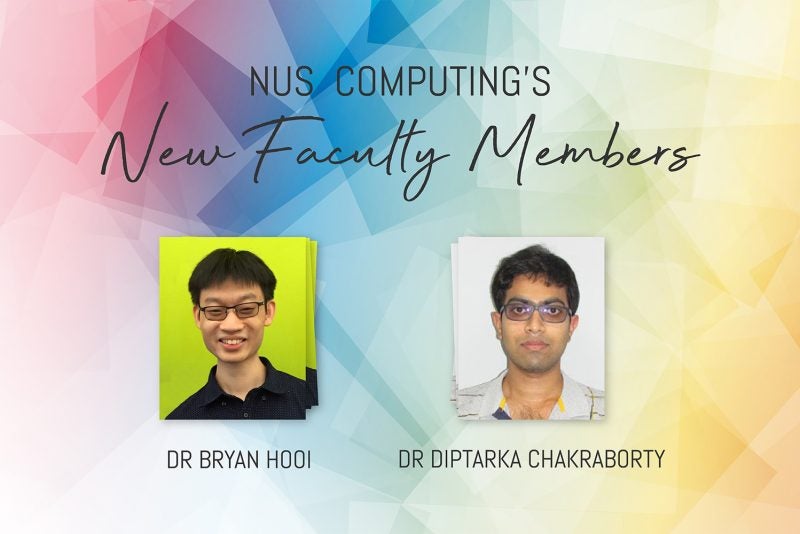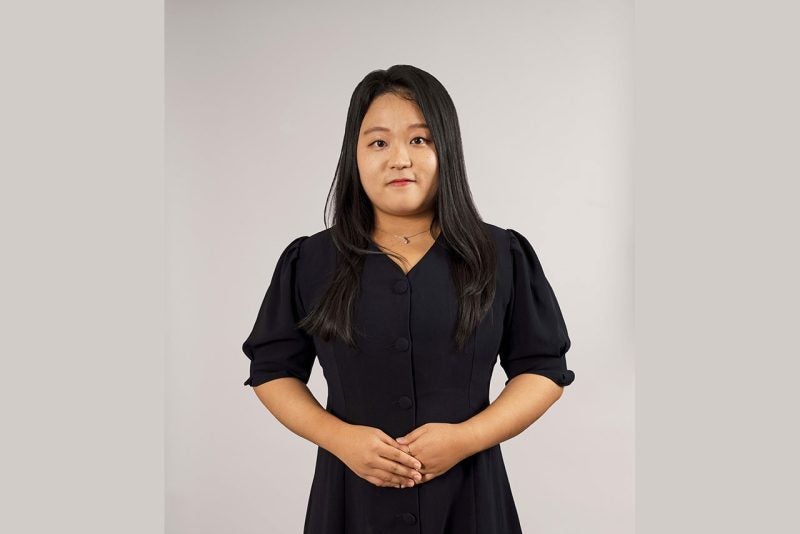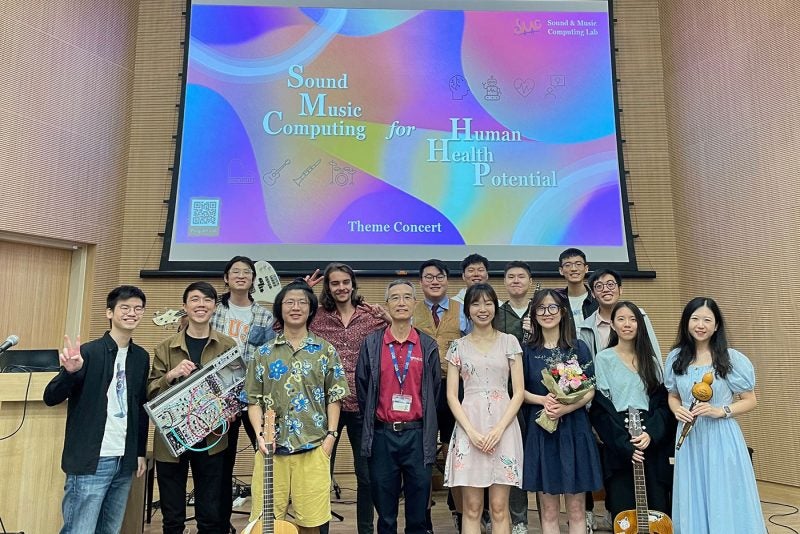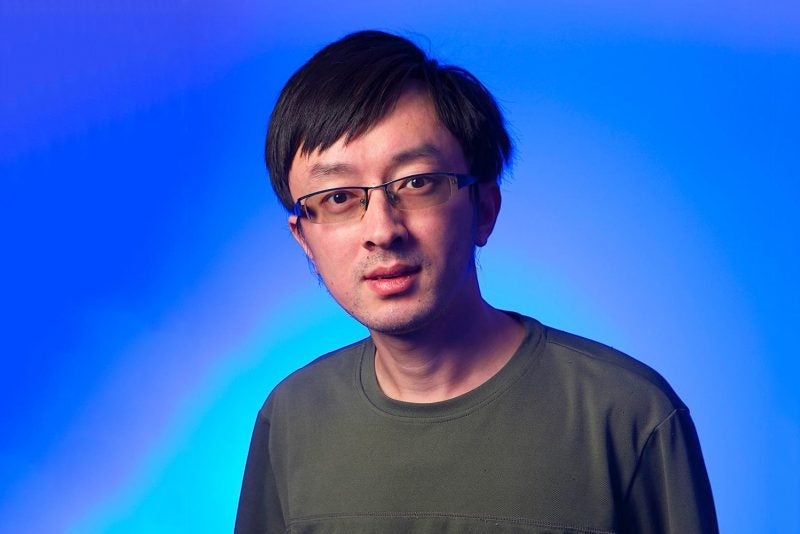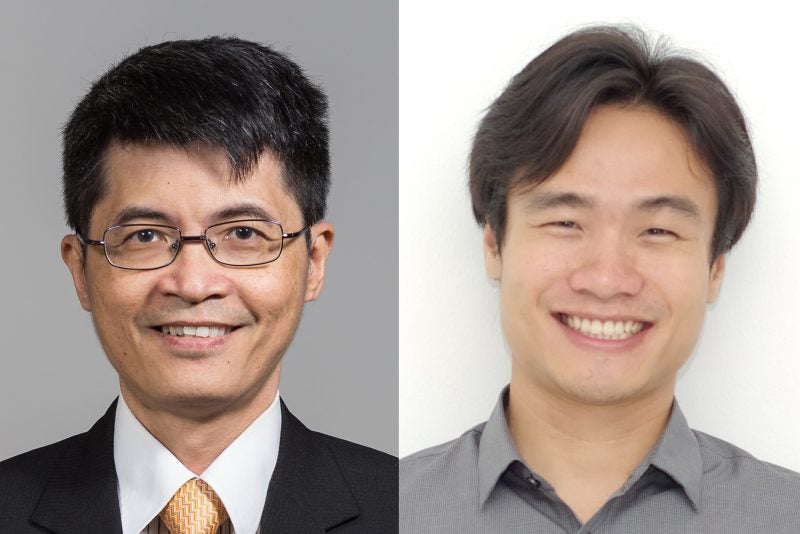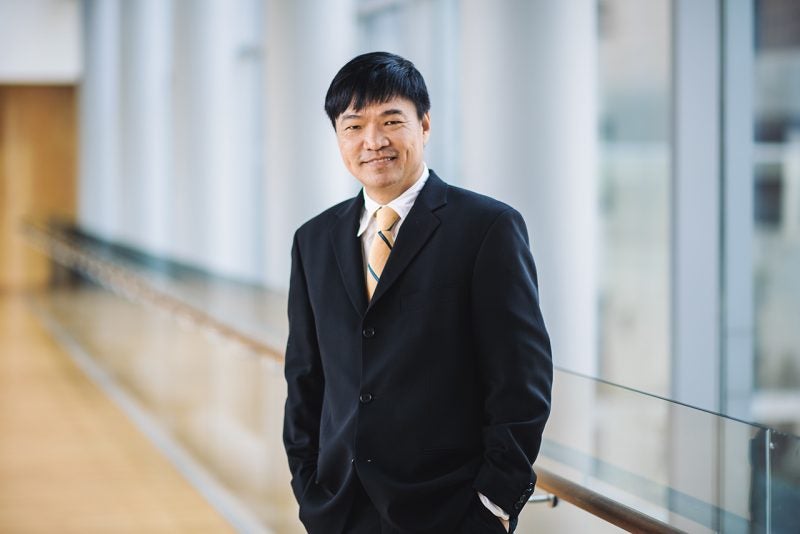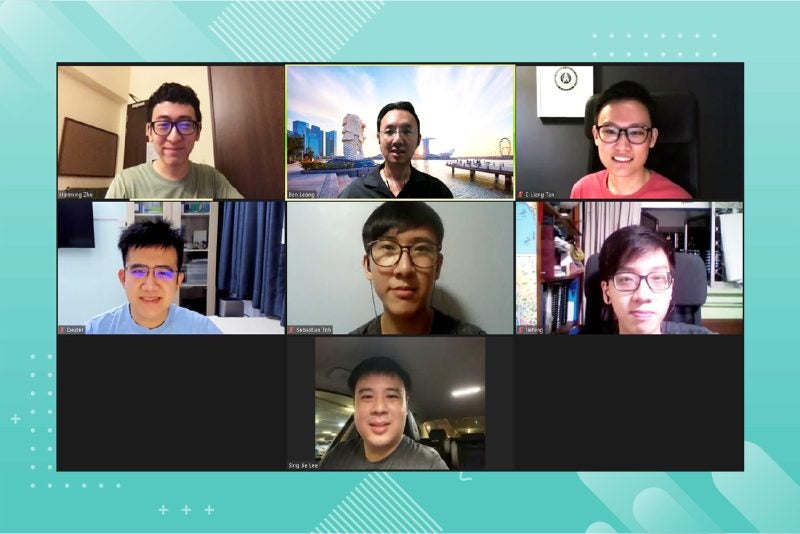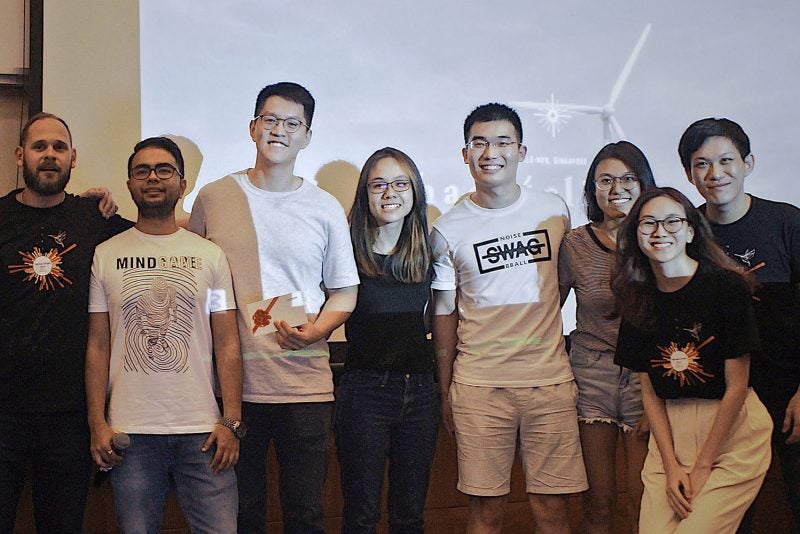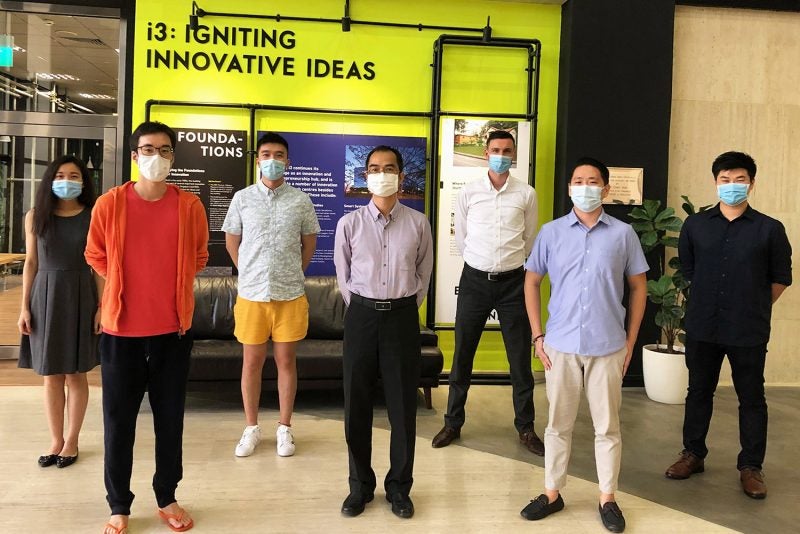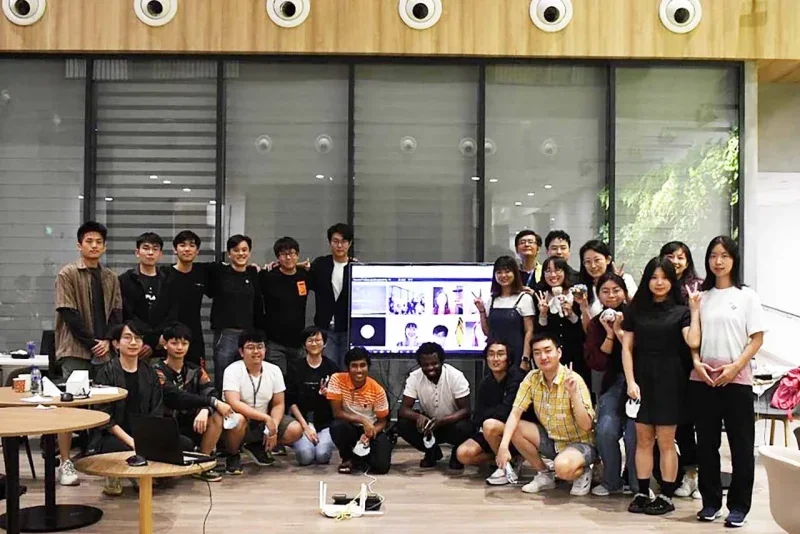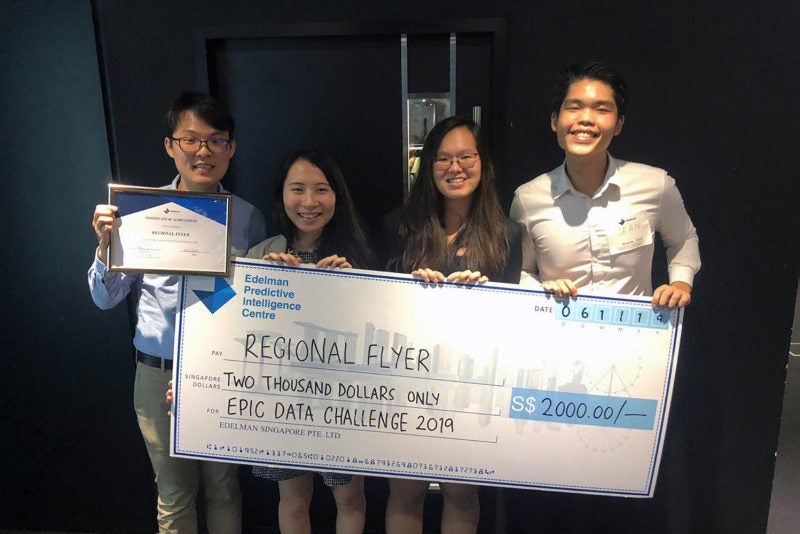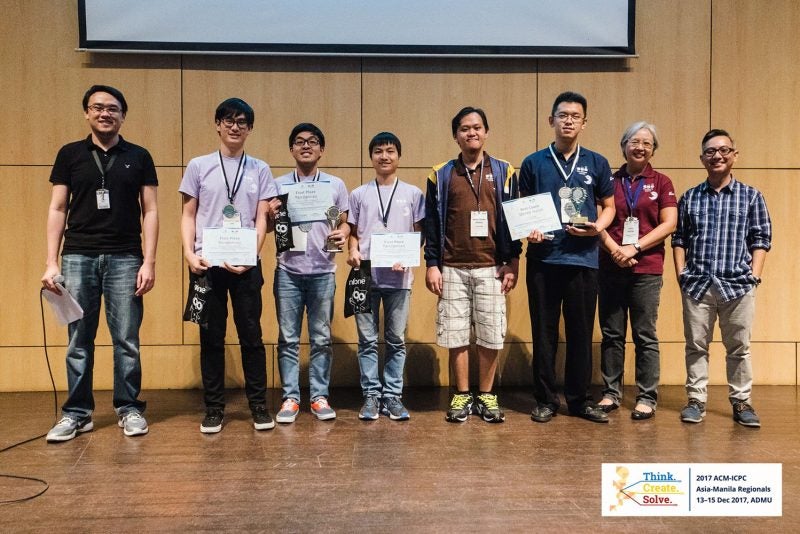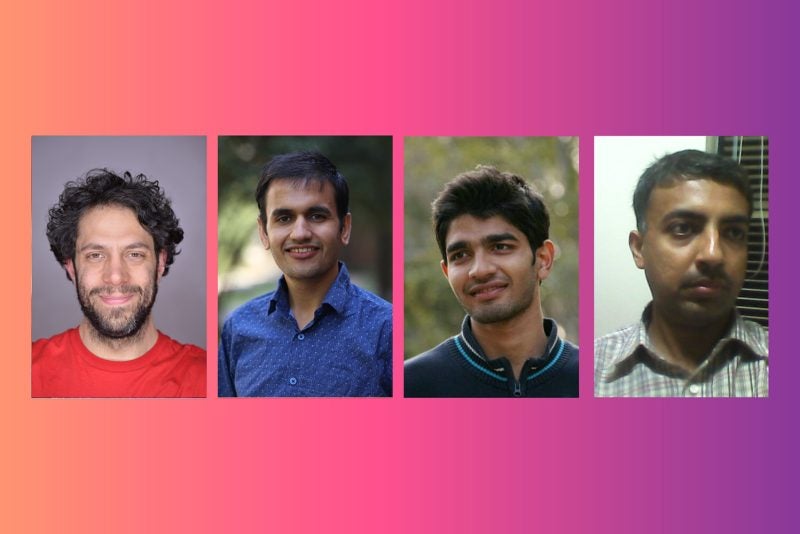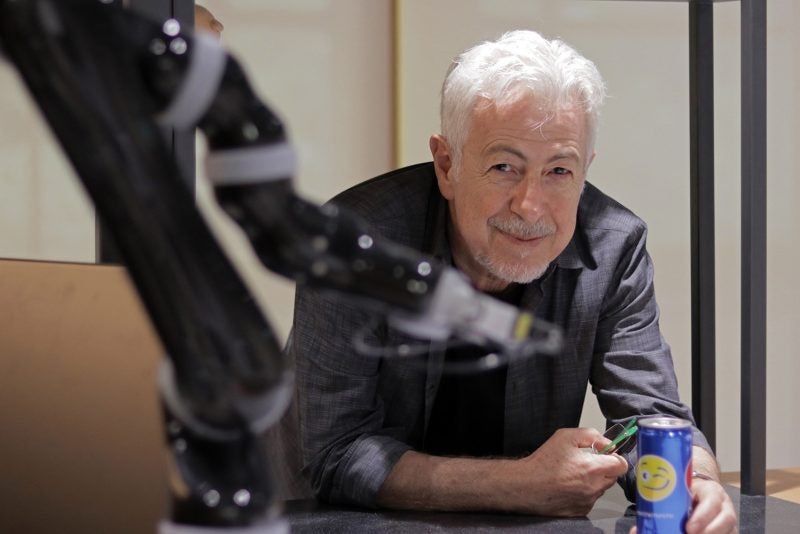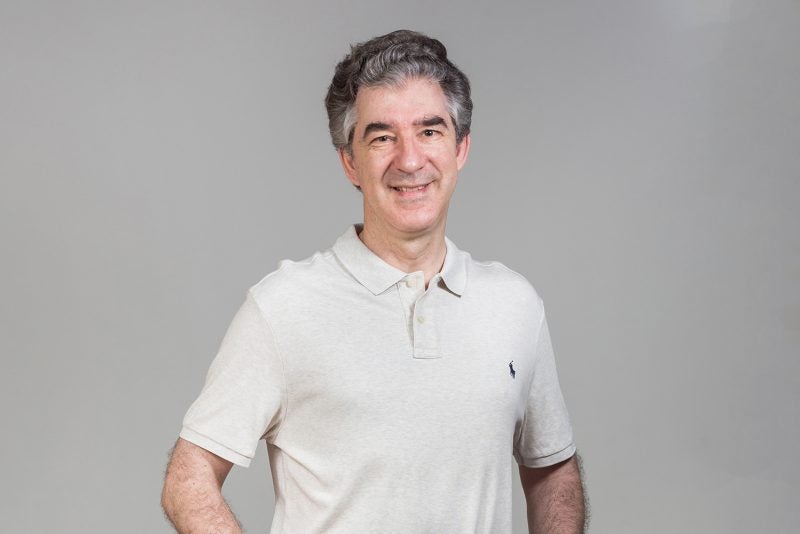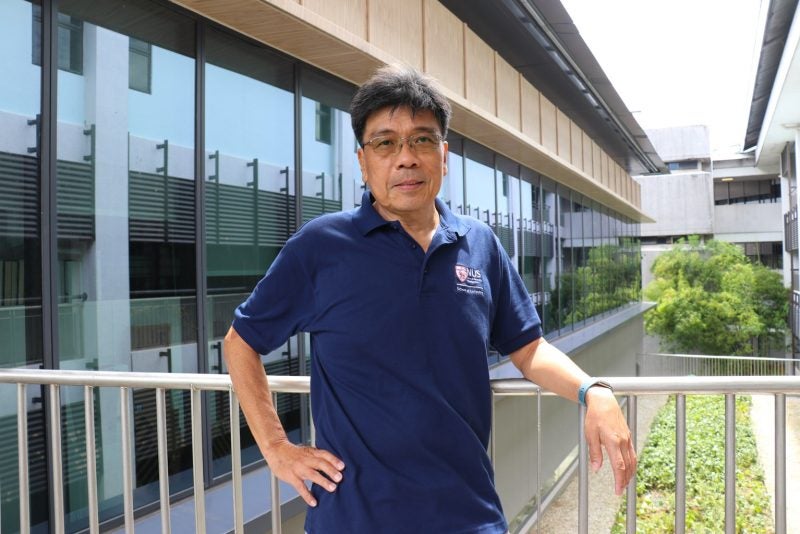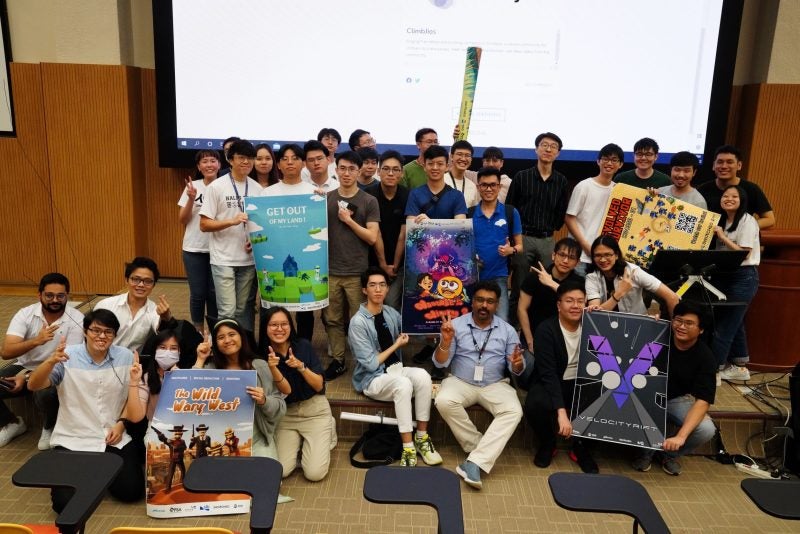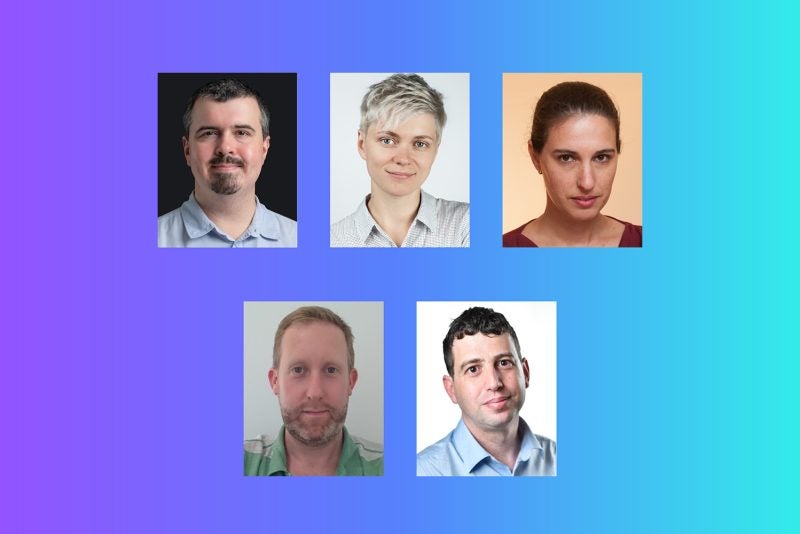12 January 2018 – NUS students Chua Song Yu, Heng Meng Pei and Clement Tan, makers of Silver Flexer, emerged champions in the first Robots@NUS Competition, held on 8 January this year.
A total of 12 teams and 36 students from various NUS faculties competed in the inaugural competition. The finals were held in conjunction with the finals of Makerthon, a makers competition to design a new NUS Memento.
Robots@NUS is a robotic maker competition where teams of students with diverse backgrounds pit their ingenuity and building skills against each other to create helpful robots for the elderly. Teams are made up of three NUS students from at least two different faculties.
With Singapore heading towards a “Silver Society”, where a significant share of the population will be aged 65 years and above, students came up with solutions and robots to help the elderly overcome common obstacles in their everyday routine.
Senior Lecturer Dr. Soo Yuen Jien served as the chairperson of the Robots@NUS organising committee. Senior Lecturers Dr. Colin Tan and Dr. Anand Bhojan were members of the committee.
Robots@NUS and Makerthon were initiated by NUS’ Office of the Provost to kindle the maker spirit among students. “Building something from scratch with your own hands not only brings satisfaction, but also brings a greater appreciation of craftsmanship, creativity and the “can do” spirit,” said Dr Soo.
Team RHobois, consisting of Year 2 Mechanical Engineering student Song Yu, Year 1 Mechanical Engineering student Meng Pei, and Year 2 Computer Engineering student Clement, created a fitness machine, dubbed Silver Flexer, to encourage the elderly to exercise and build muscle strength. The team won the Emmet Brown prize for placing first in the competition.
The robot runs elderly-friendly games that prompt users to carry out exercises simulating real world activities, like turning a wheel, pulling down a lever, waving arms and button pressing. The machine rewards its players with game tokens when players perform the right actions, to motivate players to do their best.
Silver Flexer aims to solve the elderly’s over-reliance on tools like robotic arms and wheelchairs. While the team agrees that the technology come with many benefits, over-reliance on them has made it difficult for the elderly to regain their former strength. Through their project, the team hopes to encourage the silver community lead a healthier lifestyle and reduce their reliance on technological tools.
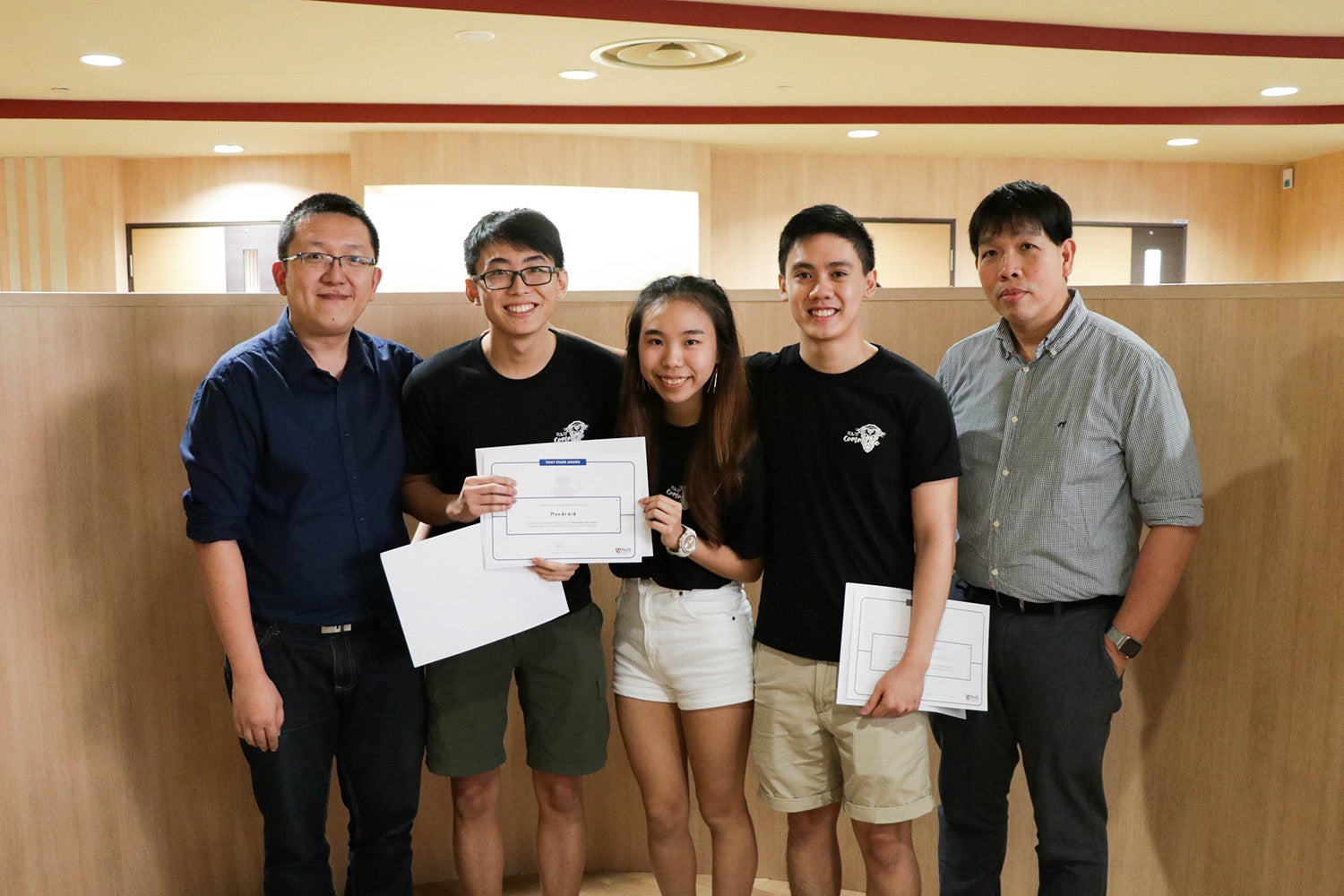
Year 2 Computer Science students Caryn Heng and Shannon Wong, and Year 2 Computer Engineering student Francis Lee, won first runner-up in the competition and the Tony Stark prize.
Their robot, Handroid, is a robotic arm that mimics a human’s arm. Designed to aid the elderly in their daily task, the robot translates the user’s actions into movement through a wirelessly controlled remote control. Users of the robot can use it to perform tasks typically too strenuous for them, such as carrying heavy objects.
Inspiration for their robotic arm came from the team’s initial idea to create a cooking wok which moves around autonomously, mimicking the hand actions of the user. However, as they wanted their robot to benefit a larger group of people, the team came up with Handroid, which not only can be used for cooking, but for other physically demanding actions as well.
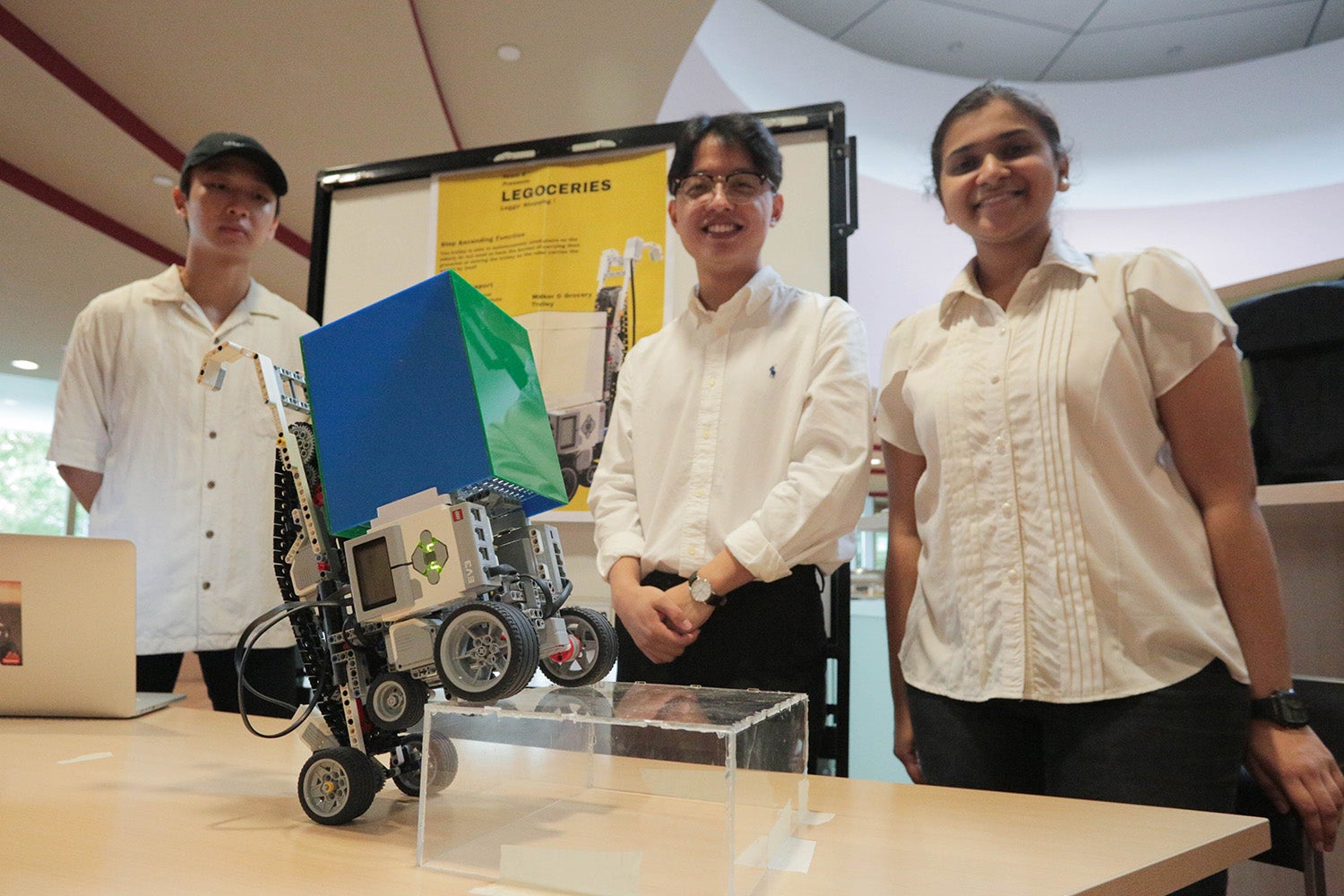
Year 2 Electrical Engineering student Sambhavi Deepthi, Year 2 Industrial Design student Lim Jing Jie and Year 2 Architecture student Benedict Ho won the Mark Watney Prize for coming in second runner-up in the competition.
Their robot, Legoceries, is a smart grocery trolley that can ascend up the stairs autonomously, which eliminates the burden of carrying groceries or moving the trolley. Users can also raise the shopping basket’s platform to a comfortable height for users to place or remove groceries from the trolley. The robot can also be used as a communication tool for seniors to send grocery requests and meal invitations to other seniors using the robot.
The idea for Legoceries came from the team’s research that elderly who live alone tend to eat out rather than cook for themselves. The team also found that when the elderly grocery shop, they have difficulty lifting or moving their shopping items.
According to the team, their project is a form of social project for a community kitchen. With the help of the Legoceries robot, the elderly can socialise while maintaining a healthier lifestyle.
Other projects featured at the competition include a medicine sorter and dispenser for seniors with complex medication regimes, a smart walking cane that picks items off the ground, and a hospital mobility robot that converts from a bed to a wheelchair and autonomously transports patients around the hospital.
Robots@NUS was a month-long competition, spanning from 11 December 2017 to 8 January 2018. Teams were given a week of workshop and three weeks of preparation to produce a working robot built from the provided materials. The competition run up was hosted in NUS Computing’s new Makers@SOC Lab, where teams were given full access to the lab’s 3D printer, laser cutter and other equipment. Teams used LEGO Mindstorms EV3, a hardware and software platform based on LEGO building blocks, to build and programme their robots.
Media Coverage:

